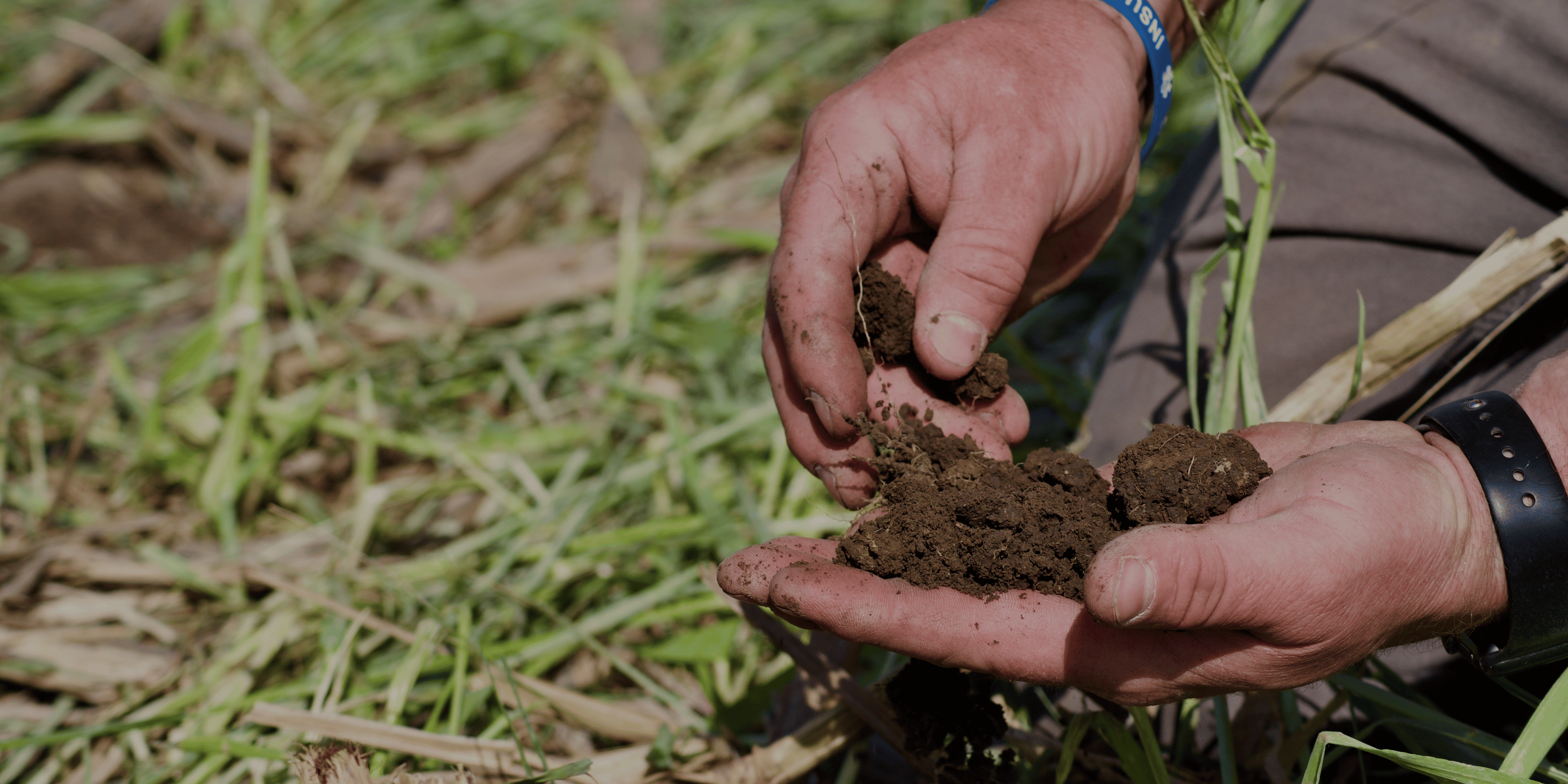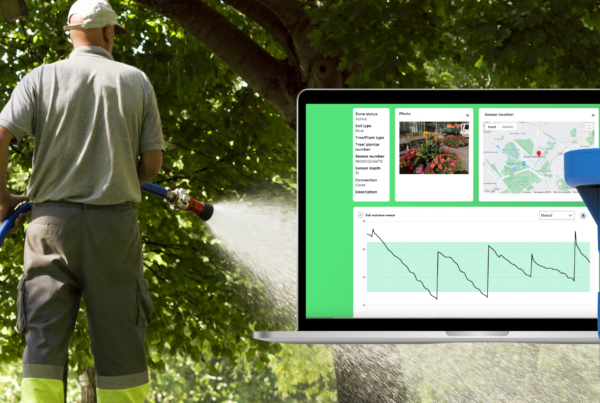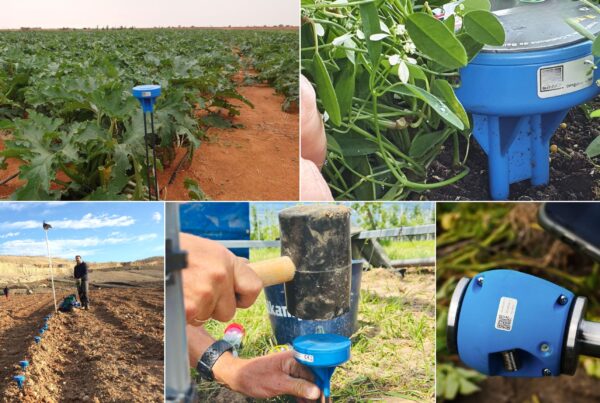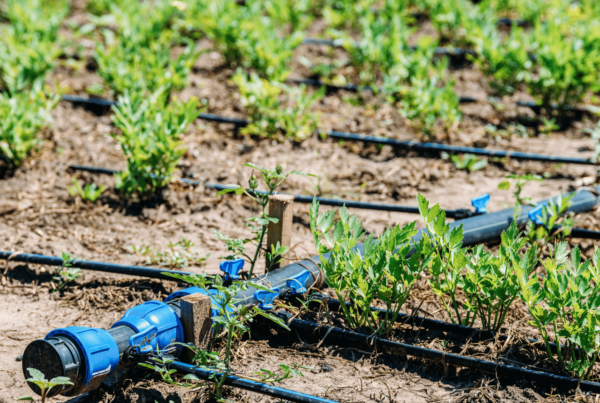Capillary function and it’s effect on soil moisture data
In this series we help to identify actionable insights with soil moisture data by identifying soil moisture behavior. Why are there fluctuations in soil moisture levels from day to night? What is capillary function, and how can it be identified across soil horizons? What is the role of plants and capillary function? How do different soil textures influence water flow within soil? We’ll aim to answer these questions and more in this series on interpreting soil moisture data and capillary function of the soil.
What is Capillary function of a soil?
The capillary function of soil is the ability to draw water upward, against the force of gravity through tiny channels or capillaries within the soil. This phenomenon is primarily driven by capillary action, which is a result of the adhesive and cohesive properties of water molecules. It’s like how a sponge soaks up water without it draining due to gravitational pull.
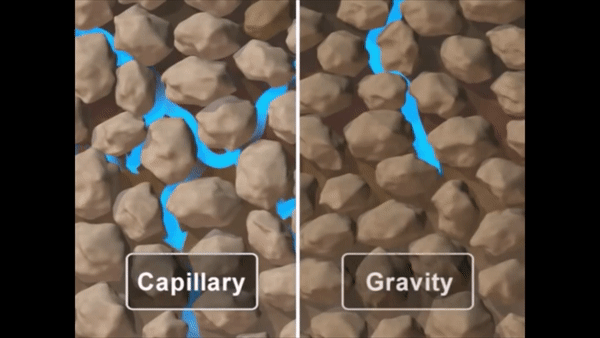
Source: University of Georgia AESL, accessed 2023
There are many forces at work for capillary function.
- Adhesive Forces: Water molecules are attracted to soil particles due to adhesive forces. These forces cause water to adhere to the surfaces of soil particles.
- Cohesive Forces: Water molecules are also attracted to each other due to cohesive forces. These forces cause water molecules to stick together, forming a continuous column of water.
- Capillary Action: As water adheres to soil particles and molecules within the soil matrix, it begins to climb upwards through the tiny spaces between soil particles, known as capillaries. This upward movement of water is referred to as capillary action.
- Counteracting Gravity: Capillary action allows water to move against the force of gravity. It can move water from wetter areas of the soil to drier areas, effectively redistributing moisture within the soil profile.
- Moisture Retention: The capillary function of soil is essential for plant growth. It helps soil retain moisture, ensuring that plant roots have access to water even when the water table or water source is located below the root zone.
The size and number of capillaries in soil are influenced by various factors, including soil texture (the proportions of sand, silt, and clay), soil structure, and the overall pore space in the soil. Soils with finer particles (such as clay) tend to have smaller capillaries and can hold water more effectively, while coarser soils (such as sandy soils) have larger capillaries and may drain more quickly.
Continue the learning with identifying the influence of soil texture on water functionality of the soil with these related articles:
About Sensoterra
Sensoterra develops low-cost, simple, and robust wireless soil moisture sensors, providing actionable insights that enable water management platforms and solutions. Our sensors are built to integrate into any platform with our unique ‘API first’ philosophy – offering freedom and flexibility for data integration. It is our mission to enable water management platforms and solutions worldwide. We help by ‘Making Sense of Water’. We produce simple, robust, and low-cost wireless soil moisture sensors that are easy to deploy and built to integrate. With proven success in the applications of smart city landscaping, environmental monitoring, and precision agriculture, the Sensoterra solution integrates seamlessly in existing water and land management platforms.
Learn more at www.sensoterra.com
Contact for more information, pictures and/or interview requests:
Jessica Nuboer
Marketing & Communications
Sensoterra
Email: [email protected]

